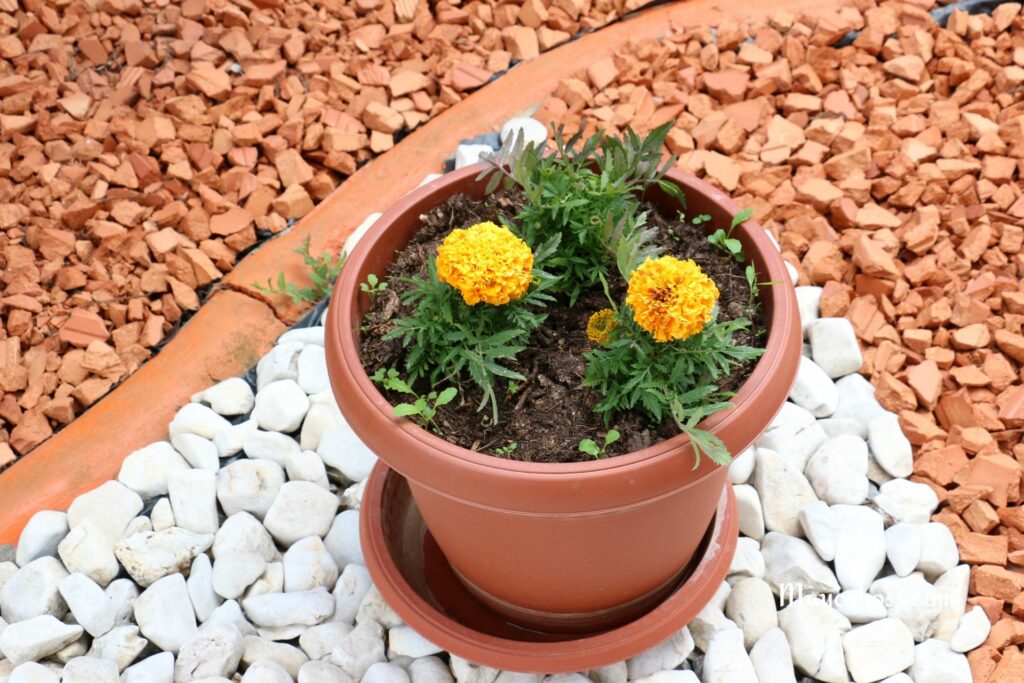What Are the Holes in Flower Pots For?
Have you ever wondered why those flower pots you love so much have holes at the bottom? You might think they’re just a design feature, but they play a crucial role in the health of your plants. Let’s break it down, shall we?

The Importance of Drainage
The holes at the bottom of flower pots are all about drainage. This is a big deal for plants! Plants need water, sure, but too much of a good thing can be bad. Just think about it this way: if you had to stand in waterlogged shoes all day, how would you feel? Not too comfortable, right? That’s exactly how plants feel when their roots are soaked in water for too long.
Preventing Root Rot
When a pot doesn’t have drainage holes, water sits in the bottom and surrounds the roots. This can lead to a nasty problem called root rot. Root rot is as bad as it sounds – it actually causes the roots to decay, which can kill the plant. The holes allow excess water to flow out, ensuring the roots aren’t drowning.
Promoting Healthy Root Growth
Those holes aren’t just about avoiding the bad; they’re also about promoting the good. Good drainage means that the roots get a balance of water and air. This balance is essential for healthy root growth. Think about it – roots need to breathe, too! Without those holes, the roots might struggle to get the oxygen they need.
Aiding in Soil Aeration
Ever wondered why your plants perk up after you water them and let them drain? It’s because the drainage process helps aerate the soil. When water flows through the soil and out the holes, it pulls air down into the soil, which helps keep the soil environment fresh and suitable for the roots.
Avoiding Salt Buildup
But hang on a minute, there’s more! These drainage holes also help prevent the buildup of salts and other minerals. Some tap water contains minerals that are not absorbed by the plants. Over time, these minerals can accumulate in the soil, potentially harming plant health. By allowing water to drain through the soil, these minerals are washed out rather than building up. This keeps the soil environment fresh and healthy for your plants.

Frequently Asked Questions
Can I use a pot without drainage holes?
You can, but it’s risky. If you do, you need to be very careful with your watering. Too much water, and you risk root rot. Some people put a layer of rocks at the bottom to help, but honestly, pots with holes are your best bet for healthy plants.
What if the holes get blocked?
Good question! Make sure to keep those holes clear. Sometimes, dirt or roots can block them. You can use a piece of screen or a coffee filter at the bottom of the pot to prevent soil from clogging the holes while still allowing water to pass through.
Is it possible to overwater a plant even if the pot has drainage holes?
Yes, it is! Just because a pot has holes doesn’t mean you can pour water nonstop. Always check the soil before watering. If it’s still moist, hold off on watering. Remember, more plants succumb to overwatering than underwatering.






